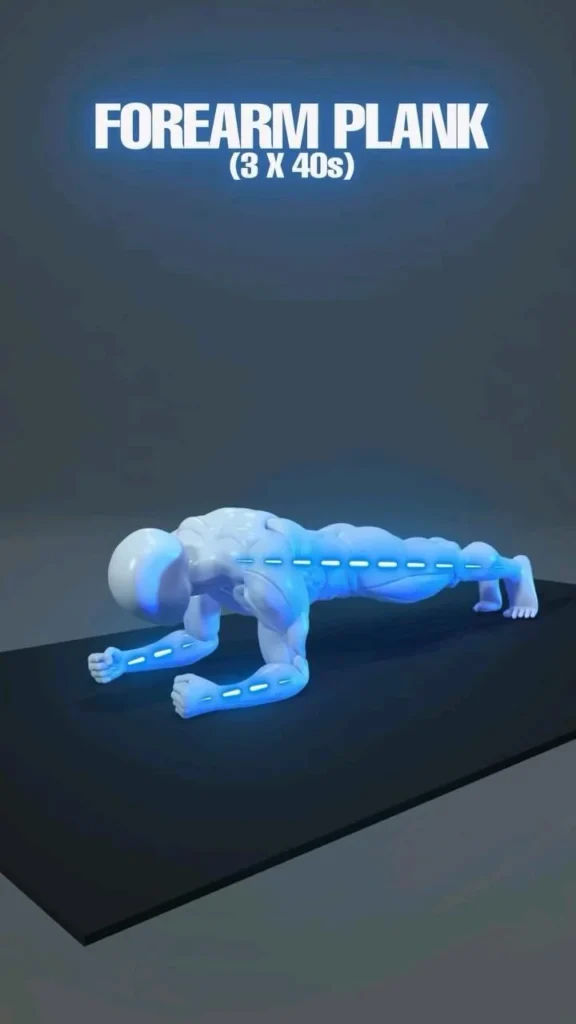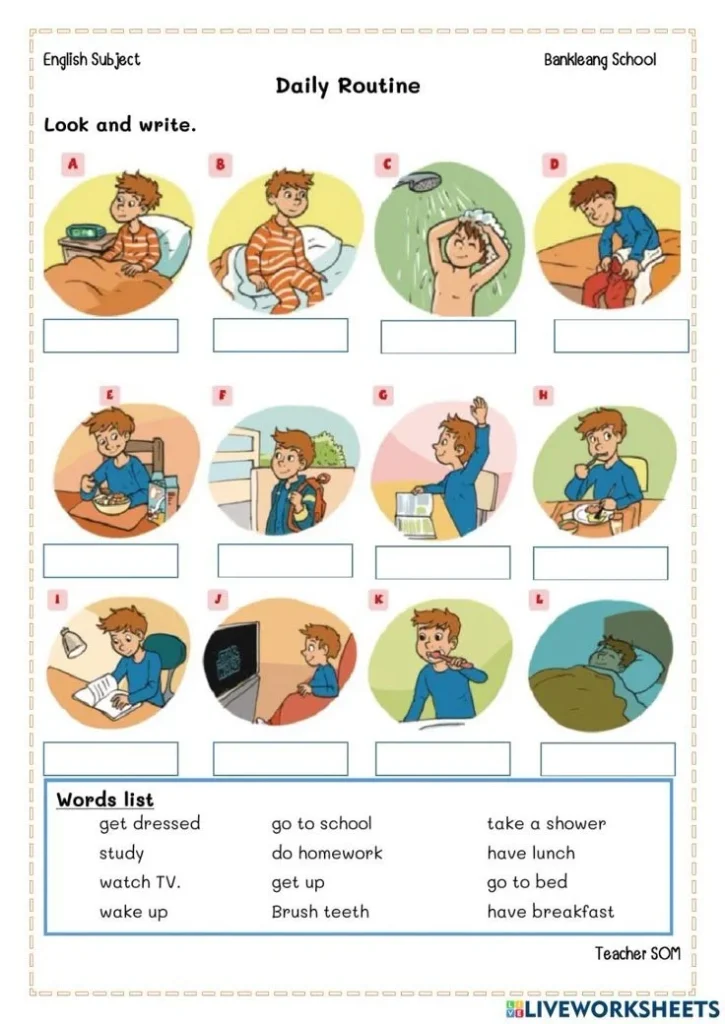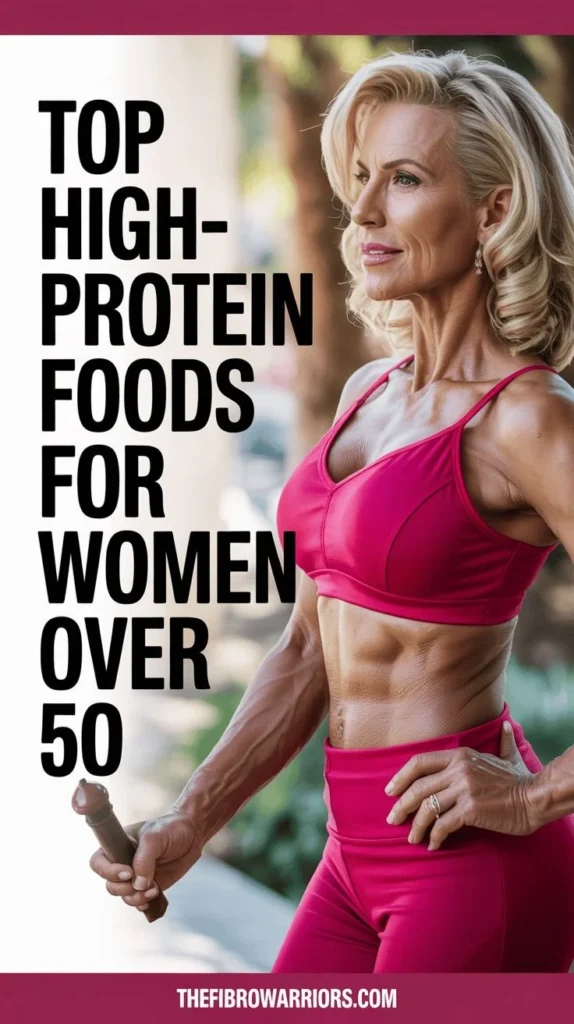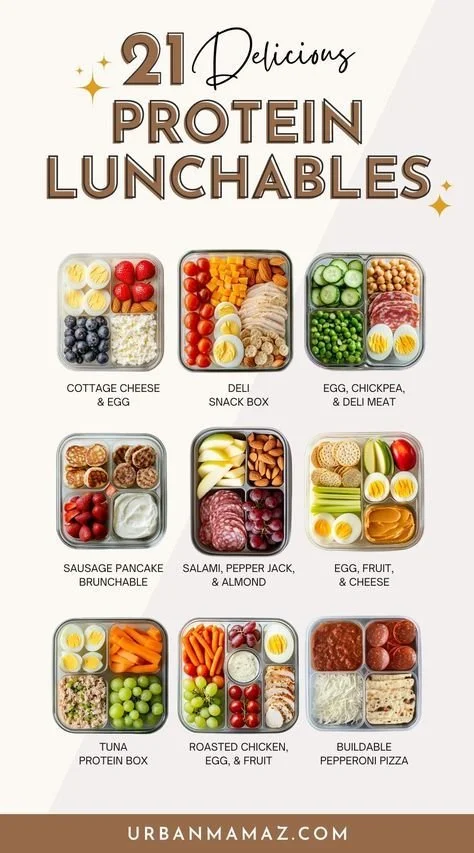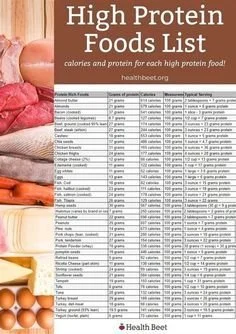Unlock Next-Level Forearms: The 4 Moves You NEED For Sleeve-Busting Arms 💪 You train your biceps, but you’re sk… [Video] in 2025 | Gym workouts, Dumbbell workout, Stomach workout
Unlock Next-Level Forearms: The 4 Moves You NEED For Sleeve-Busting Arms
You train your biceps, but you’re skipping the forearms — and that’s why sleeves still fit snug. Forearm development is about more than looks: stronger forearms improve grip, transfer to bigger deadlifts/chin-ups, and finish the aesthetic of an arm day. Below are four simple, high-impact moves you can add to any upper-body workout or dedicate one short session to each week.
Introduction
Forearms respond well to frequency, variety, and progressive overload. Don’t overcomplicate it: consistent sets, heavier holds, and different grip angles will get you thicker forearms. And remember, nutrition and recovery matter — if you’re unsure whether you’re getting the building blocks you need, check this guide on meeting your nutrient needs as a foundation for gains.
The 4 Moves (How to perform them and why they work)
- Standing Dumbbell Wrist Curls (Palms-Up)
- Why: Targets the wrist flexors (flexor carpi radialis and ulnaris) — the bulk on the underside of your forearm.
- How: Sit on a bench with forearms resting on thighs, wrists hanging over knees. Hold dumbbells palms-up and curl just the wrists up and down slowly.
- Sets/Reps/Tempo: 3–4 sets of 12–20 reps; 2-second concentric, 1-second squeeze, 2–3-second eccentric.
- Progression: Increase load, add paused reps at the top, or use a barbell for more total weight.
- Cue: Keep forearms pressed to your thighs — only your wrists move.
- Reverse Wrist Curls (Palms-Down)
- Why: Trains wrist extensors and brachioradialis — gives the top of your forearms thickness and improves balance between flexors/extensors.
- How: Same setup as wrist curls but palms face down. Lift the back of the hand toward the forearm by extending at the wrist.
- Sets/Reps/Tempo: 3–4 sets of 12–20 reps; controlled negatives.
- Variation: Use light plates or an EZ-bar to avoid elbow discomfort.
- Cue: Move only at the wrist; control the lowering phase to avoid tendon strain.
- Hammer Curls (Neutral Grip)
- Why: Emphasizes the brachioradialis and long head of the biceps — this builds the outer forearm “pop” that shows when your arm is relaxed.
- How: Hold dumbbells with thumbs-up (neutral grip). Curl with elbows tight to your sides, forearms rotating minimally.
- Sets/Reps/Tempo: 3 sets of 8–12 reps; focus on a full range of motion and a controlled eccentric.
- Progression: Increase weight, use slow eccentrics, or do incline hammer curls for extra stretch.
- Cue: Keep wrist neutral and avoid swinging; elbow stays pinned.
- Farmer’s Carries or Heavy Static Holds
- Why: The ultimate forearm builder. These train crushing grip, wrist stability, and forearm endurance all at once.
- How: Pick two heavy dumbbells/kettlebells you can hold for 30–60 seconds, stand tall and walk or simply hold in place.
- Sets/Duration: 4–6 holds of 20–60 seconds or 2–4 walks of 30–100 meters.
- Progression: Heavier implements, longer holds, or single-arm carries to increase demand.
- Cue: Squeeze the handles hard, maintain upright posture, breathe smoothly.
Programming and Pairing
- Frequency: 2–3 forearm sessions per week or add short finisher sets at the end of upper-body days.
- Volume: Start with 6–12 total work sets per week per movement group (flexors, extensors, grip).
- Load: Forearms like volume and tension — when you can do the top rep range with good form, increase the weight.
- Pairing: Add wrist curls or reverse curls after biceps sets, and finish with farmer’s carries. If you prioritize biceps and arms, see a compact barbell routine to pair with forearm work like this 4 biceps exercises — barbell only to build balanced arms.
Technique tips and injury prevention
- Warm up with light wrist circles, band pull-aparts, and 2–3 warm-up sets before heavy holds.
- Don’t chase extreme weight at the expense of form — tendon pain often results from sudden jumps in load.
- If wrists are sensitive, use neutral grips (hammer grip) and avoid over-rotation.
- Prioritize recovery: sleep, protein, and targeted stretching for forearm extensors/flexors.
Quick 15-minute Forearm Finisher (example)
- 1 set wrist curls x 15
- 1 set reverse wrist curls x 15
- 2 sets hammer curls x 10
- 2 holds farmer’s carry x 40 seconds
Do this at the end of an arm or back workout once or twice a week for steady gains.
Progress tracking
- Track holds (time), rep ranges, and the heaviest weight you can control for 8–12 reps.
- Growth in forearms often shows in improved grip strength and heavier holds before significant visual change — be patient and consistent.
Conclusion
If you need strategies for building biceps when traditional hand-based training isn’t possible, consult this practical discussion on How to build up my biceps without the use of my hands – Quora. Use that alongside the four moves above to create a balanced plan that builds thicker, stronger forearms and complements your biceps work.

![Unlock Next-Level Forearms: The 4 Moves You NEED For Sleeve-Busting Arms 💪 You train your biceps, but you're sk… [Video] in 2025 | Gym workouts, Dumbbell workout, Stomach workout 1 Forearm exercises video showcasing 4 essential moves for building strong forearms.](https://arnellavanilla.com/wp-content/uploads/2025/12/unlock-next-level-forearms-the-4-moves-you-need-f-2025-12-12-222121-576x1024.webp)
![No More Floor! Do Your Entire Ab Routine Right Here ➡️ 🚀 Stop Doing Crunches! Try This 5-Minute SEATED Ab Workout! 🪑 Thi… [Video] in 2025 | Abs workout, Workout routine, Workout 2 A person demonstrating a seated ab workout routine on a chair.](https://arnellavanilla.com/wp-content/uploads/2025/12/no-more-floor-do-your-entire-ab-routine-right-her-2025-12-12-222120-576x1024.webp)



